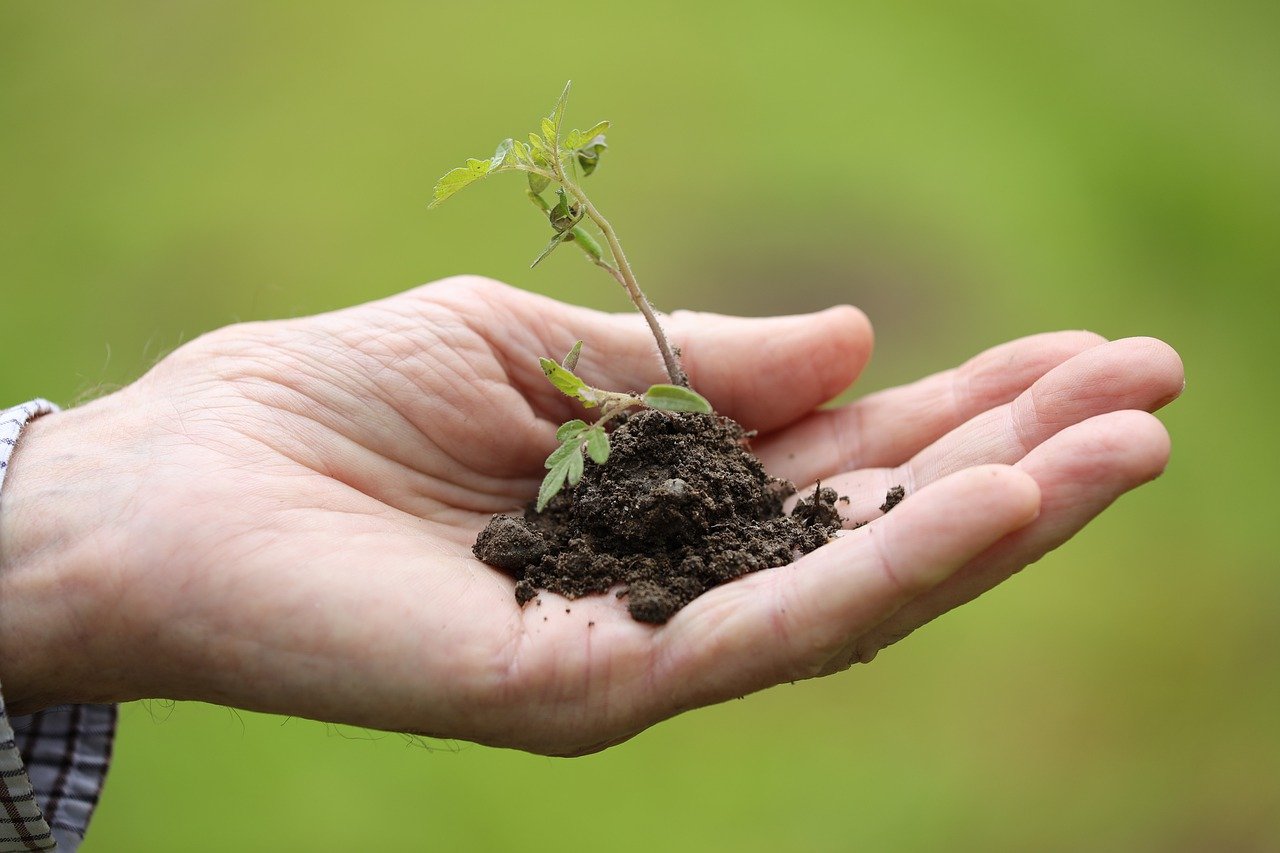Let’s dive into the optimal planting times for various crops in Minnesota, a state with distinct growing seasons and climates. Let’s explore when to plant different vegetables and herbs to ensure a successful and bountiful garden year-round.
Understanding Minnesota’s Growing Zones
Most of Minnesota falls within USDA Hardiness Zones 3a to 4b, characterized by cold winters and relatively short growing seasons. This influences the types of plants that thrive in our region and the timing of planting.
Planting Timeline for Minnesota
Early Spring (April to May):
Cold-Hardy Vegetables and Herbs: As soon as the ground thaws and the soil is workable (typically mid to late April), start planting peas, lettuce, spinach, radishes, onions, and parsley. These crops can tolerate cooler temperatures and light frosts.
Late Spring (May to June):
Cool-Season Crops: Continue planting cool-season vegetables like broccoli, cauliflower, Brussels sprouts, and cabbage. These crops can withstand mild heat.
Warm-Season Vegetables: Once the risk of frost has passed (usually late May to early June), plant warm-season vegetables such as tomatoes, peppers, cucumbers, zucchini, and beans. Ensure that both soil and air temperatures are consistently warm for optimal growth.
See All of Our Plants & Gardening Accessories Here!
Early Summer (June to July):
Perennials and Herbs: Plant perennial herbs like oregano, thyme, sage, and mint. You can also establish perennial flowers like daylilies, hostas, and sedum during this time.
Quick-Growing Warm-Season Crops: If you missed the spring planting window, sow quick-growing warm-season vegetables such as bush beans and summer squash.
Fall (August to September):
Cool-Season Crops (Again): In late summer or early fall, plant cool-season vegetables including lettuce, kale, Swiss chard, and radishes for a late harvest.
Garlic: Fall is the best time to plant garlic in Minnesota. Plant individual cloves in well-drained soil about 2 inches deep and 4-6 inches apart. Mulch the bed with straw or shredded leaves to protect the cloves over winter. Garlic will develop roots before the ground freezes and will be ready for harvest the following summer.
Additional Tips for Successful Planting
Succession Planting:
Extend your harvest by practicing succession planting. Stagger plantings of crops like lettuce and beans every few weeks to ensure a continuous supply of fresh produce.
Container Gardening:
Utilize containers for growing vegetables and herbs if you have limited space or poor soil conditions. Containers offer flexibility in terms of sunlight exposure and can help extend the growing season.
Season Extension Techniques:
Use row covers, cold frames, or hoop houses to protect plants from early or late frosts, thus extending the growing season into early spring and late fall.
With careful planning and timing, you can maximize your gardening efforts in Minnesota throughout the entire growing season. Choose plant varieties adapted to our climate, prepare your soil adequately, and provide consistent care. Whether you’re a beginner or experienced gardener, Applewood Nursery & Landscape Supply is here to support you with expert advice and quality supplies for a successful and rewarding gardening experience.

